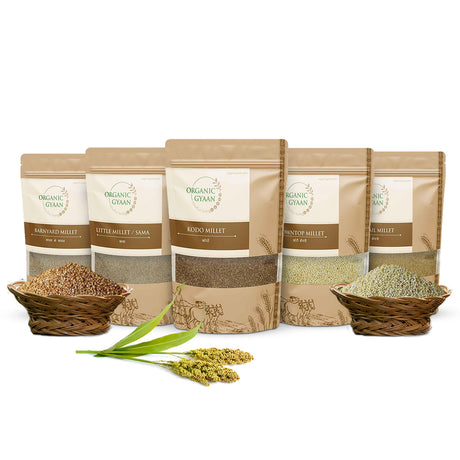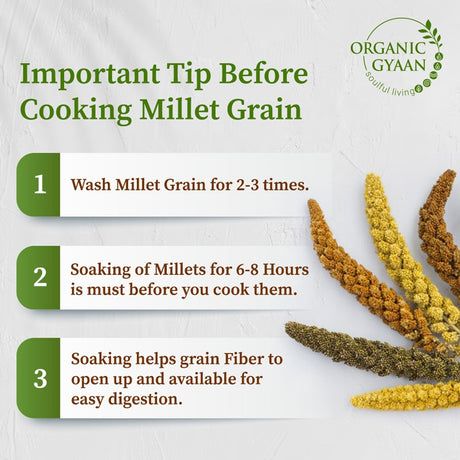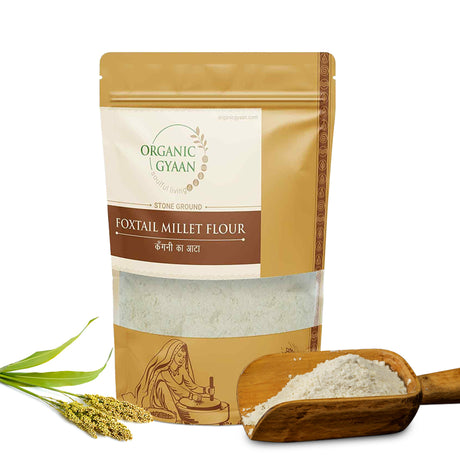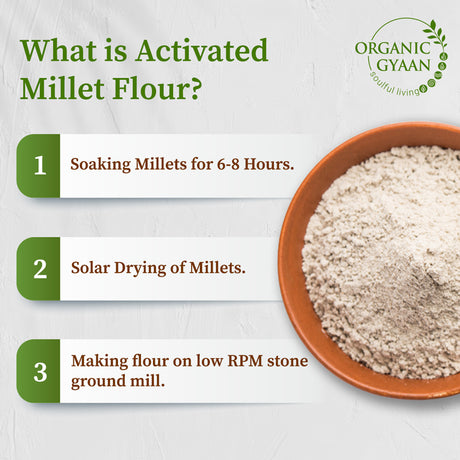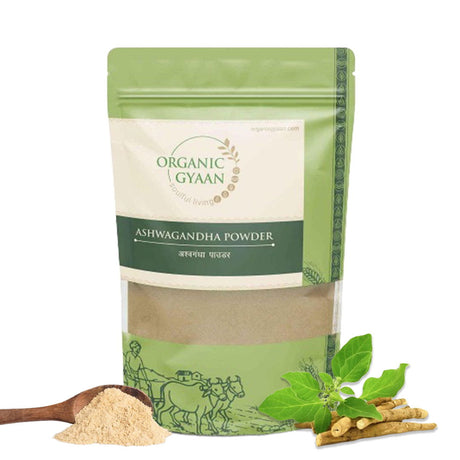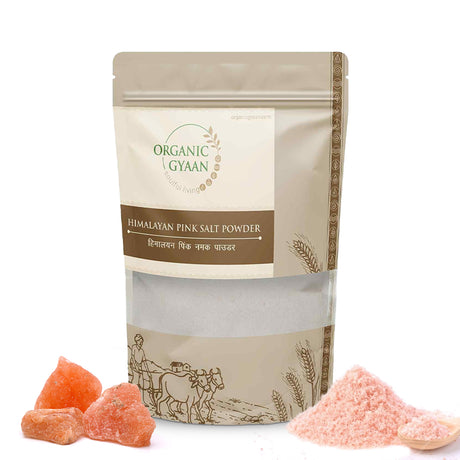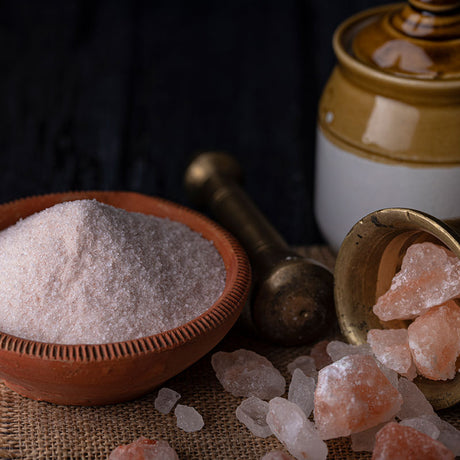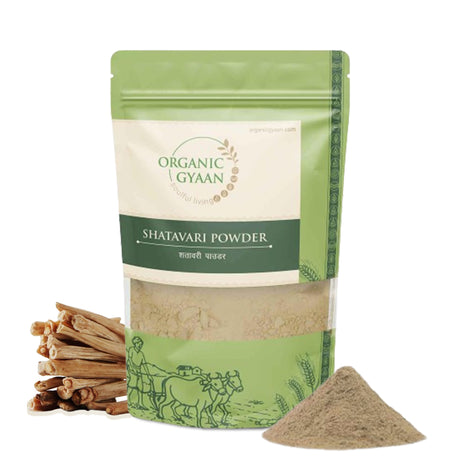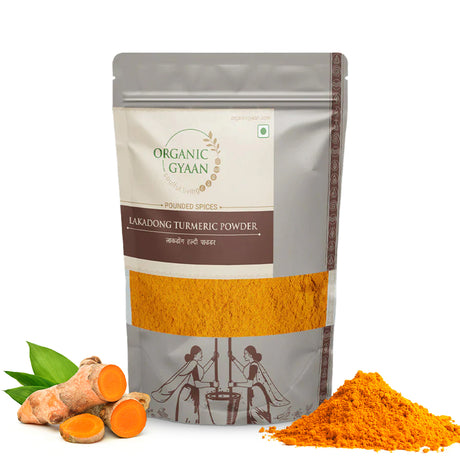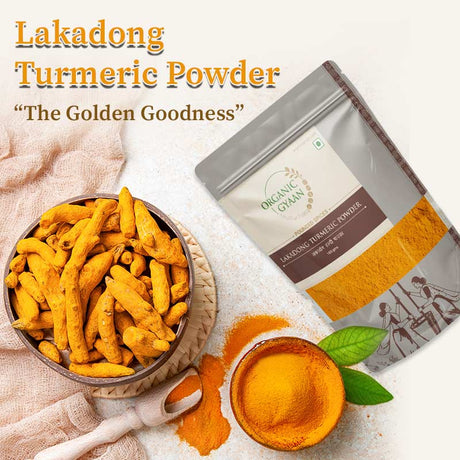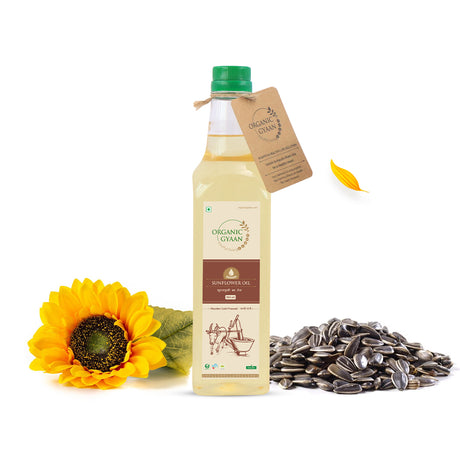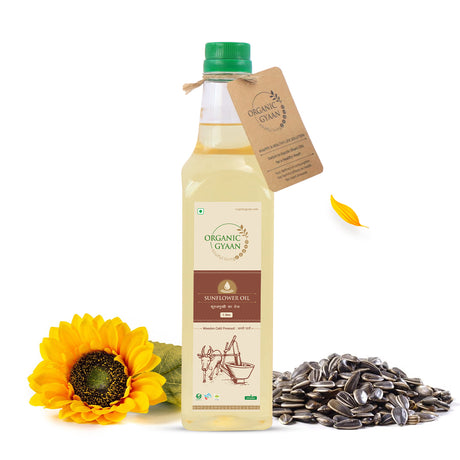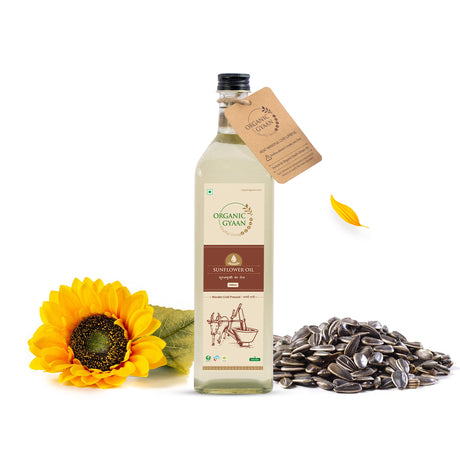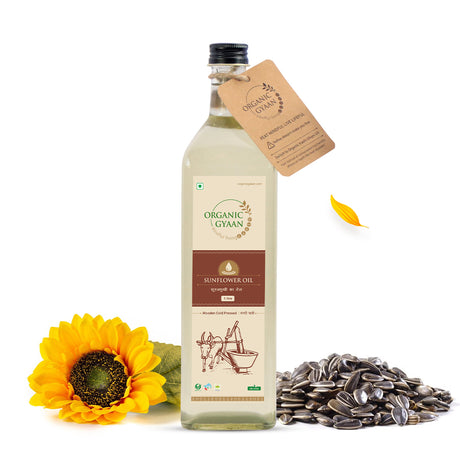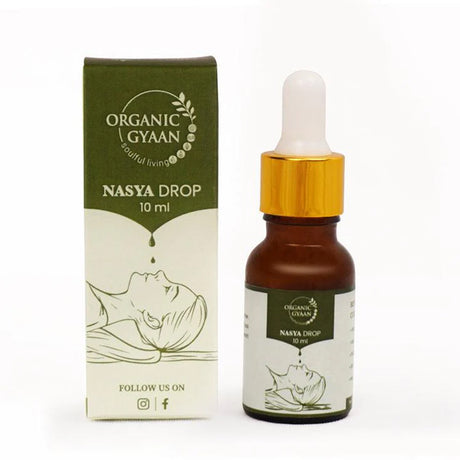What if I told you there’s an ancient grain that could improve your heart health, stabilize blood sugar, aid digestion, and even support weight loss—all while being incredibly versatile in the kitchen?
That grain is barley, and although it has been feeding civilizations for over 10,000 years, it still remains a hidden gem in many modern diets.
In this blog, we’ll explore what is barley, dive into barley nutrition, uncover powerful barley benefits, discover various barley uses, and share some interesting facts that might just make you want to stock up on this wholesome supergrain.
What Is Barley?
Barley is a cereal grain that belongs to the grass family. It’s one of the oldest cultivated grains in human history, with roots in ancient civilizations like Mesopotamia and Egypt.
While most people associate barley with beer or whiskey, its potential goes far beyond beverages. From daily meals to home remedies, barley has been used for generations to promote health and well-being.
It’s available in several forms—hulled, pearled, flour, and flakes—making it incredibly versatile in cooking and baking.
Barley Nutrition: A Natural Source of Vital Nutrients
Barley is packed with essential nutrients that support overall health and wellness.
Here’s what 100 grams of cooked, hulled barley typically contains:
- Calories: 123
- Protein: 2.3 grams
- Carbohydrates: 28 grams
- Fiber: 3.8 grams
- Fat: 0.4 grams
-
Magnesium, Selenium, Iron, and B Vitamins
One of barley’s standout features is its high fiber content, especially beta-glucans, which help support digestion and keep you full longer.
It’s also a good source of plant-based protein, making it a great option for vegetarians or anyone looking to diversify their diet.
Barley Benefits: Why You Should Make It Part of Your Diet
Barley is more than just a staple grain. Its health benefits are many and deeply nourishing for the body.
1. Supports Heart Health
Barley is known to support heart health due to its high fiber content, which can help maintain healthy cholesterol levels.
Including barley regularly in your meals can be a simple, natural way to support cardiovascular wellness.
2. Promotes Healthy Digestion
Barley’s fiber not only helps with regular bowel movements but also supports gut health.
It’s gentle on the digestive system and can help relieve issues like bloating and constipation.
3. Helps Balance Blood Sugar
Barley digests slowly, providing a steady release of energy without spiking blood sugar.
This makes it a great grain for those managing blood sugar levels or simply looking to avoid energy crashes.
4. Aids in Weight Management
Because it keeps you full for longer, barley can be a helpful grain for weight-conscious individuals.
It curbs unnecessary snacking and helps maintain a balanced appetite throughout the day.
5. Nourishes the Body Naturally
Barley contains key minerals and antioxidants that contribute to overall health.
It’s a grain that nourishes the body from the inside out, supporting vitality and resilience.
Barley Uses: In the Kitchen and Beyond
Barley is one of those wonderful ingredients that’s both nutritious and incredibly flexible in how it can be used.
Everyday Cooking
- Barley Porridge: A warm, wholesome breakfast cooked with milk or water, and sweetened with jaggery or fruit.
- Soups and Stews: Add barley to vegetable or lentil soups for a heartier meal.
- Barley Salad: Mix cooked barley with chopped vegetables, lemon juice, and cold pressed coconut oil.
- Barley Flour: Use in baking bread, muffins, or Indian flatbreads.
-
Barley Water: A refreshing and natural drink to cool the body and aid digestion.
Beverages
Barley is used in malt-based drinks and herbal teas.
In many cultures, barley tea is a staple for its hydrating and digestive qualities.
Farming and Sustainability
Barley is used in crop rotation for soil health and as a nutritious animal feed.
It grows quickly and strengthens the soil, making it a favorite in sustainable agriculture.
Skincare and Natural Remedies
Barley also appears in traditional remedies and skincare for its soothing and anti-inflammatory properties.
Practical Tips to Incorporate Barley Into Your Routine
If you’re curious to try barley in your daily diet, here are a few simple ways to get started:
- Replace white rice with cooked barley in meals for added fiber and nutrition.
- Use barley flour in rotis, parathas, or even healthy pancakes.
- Sip on barley water throughout the day to stay cool and hydrated.
- Add cooked barley to soups, khichdi, or sabzis.
-
Try a hearty barley salad with herbs, lemon, and seasonal veggies.
Once you begin using barley, you’ll see how easily it fits into your lifestyle and adds a wholesome touch to everyday meals.
Conclusion: Barley Is More Than Just a Grain
Barley is one of nature’s simplest yet most powerful foods.
From helping with digestion and heart health to offering support in weight management and daily energy, the barley benefits are truly worth exploring.
In this blog, we’ve looked at what is barley, shared the essence of barley nutrition, walked through its many barley uses, and uncovered why it deserves a place in your kitchen.
It’s time to rediscover this ancient grain and enjoy its nourishing goodness in the modern world.


